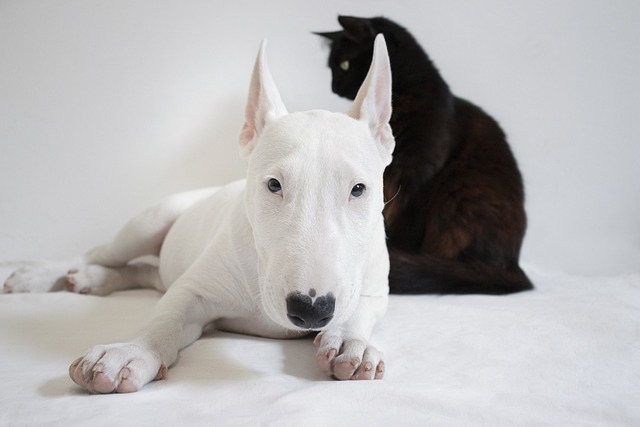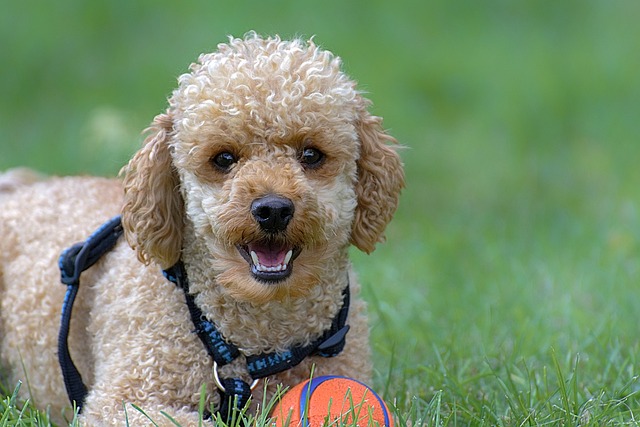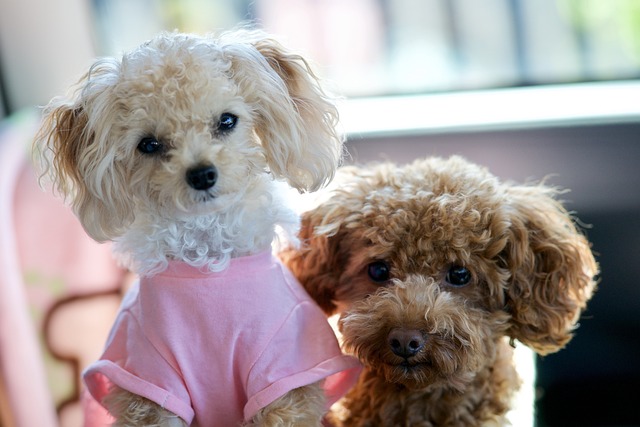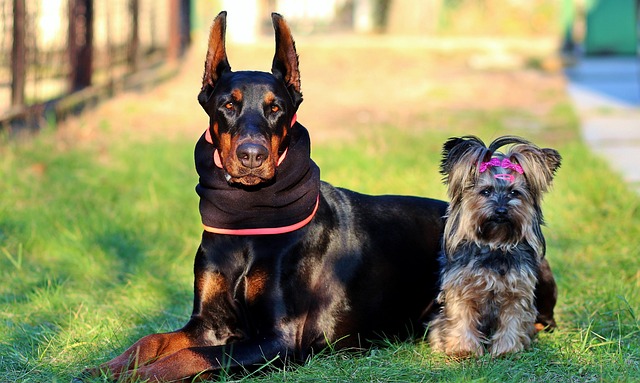
What causes kennel cough?
Most dog owners first notice kennel cough when their pup starts making that distinctive honking sound—often after a trip to the dog park or a stay at a boarding facility.
So, a friend has asked you to watch their furry best friend—how exciting! Whether it's for a weekend or a week, successful dog sitting starts long before the paw steps through your door. Your first move is a detailed "meet and greet." This isn't just a casual hello; it's your primary research session. You need to get the dog's full routine—their exact feeding amounts and schedule, walk times, and any quirky habits. Ask for the vet's contact information and a signed authorization form allowing you to seek emergency care, a standard and crucial practice. This prep work reduces the dog's anxiety by maintaining familiar rhythms and protects you from making well-intentioned but mistaken guesses about their care.
Next, let's talk logistics and safety. If you live in an apartment, dog-proofing is essential. Secure loose wires, remove plants that might be toxic (like common lilies or sago palms), and ensure there's no food left on low counters—a Labrador’s nose is a powerful temptation engine! Create a dedicated space for the dog with their own bed and toys sent from home; the familiar smells are incredibly comforting. Before the owner leaves, you must also receive proof of current vaccinations, including the legally required rabies tag. This isn't just paperwork; it's a non-negotiable for doggy daycare visits, some dog parks, and your own liability protection.

The owner's routine is your bible, but what happens when things don't go to plan? Perhaps the dog pulls on the leash or doesn't come when called. This is where understanding modern, force-free dog training methods is vital. Yelling or physical corrections are not only ineffective but are culturally frowned upon and could seriously damage your relationship with the friend. Instead, use positive reinforcement. Carry high-value treats like small pieces of chicken on walks to reward loose-leash walking or a prompt recall. This approach builds trust and makes the dog want to cooperate with you, a newcomer in their life.
Your role as a community member is also key. Always have a roll of poop bags in your pocket and on every walk. Scooping isn't optional; it's a civic duty and a legal requirement in most American municipalities, with fines that can be surprisingly steep for non-compliance. Be mindful of your surroundings; not everyone is a dog person. Keep the dog on a leash in all public areas unless in a designated off-leash zone, and always ask permission before letting the dog approach another person or dog. A simple "Is it okay if my dog says hello?" is the gold standard of community dog etiquette.
Finally, remember that you're providing more than just food and walks; you're offering companionship. Schedule time for play and gentle affection based on the dog's personality. Watch for signs of stress, like excessive panting or hiding, and provide quiet time if needed. Keep the owner updated with a few photos or a quick text—it reassures them and shows you’re engaged. By blending meticulous preparation with patience and respect for the dog's needs, you’ll ensure a positive experience for everyone involved, and you might just earn yourself a repeat client.

Most dog owners first notice kennel cough when their pup starts making that distinctive honking sound—often after a trip to the dog park or a stay at a boarding facility.

So, a friend has asked you to watch their furry best friend—how exciting! Whether it's for a weekend or a week, successful dog sitting starts long before the paw

If you’re a first-time dog owner staring at your new pup—whether it’s a fluffy golden retriever puppy or a calm rescue adult—you might be asking yourself, “Where do I even start?”

Bringing home a new dog—whether a wiggly puppy or a calm adult—feels exciting, but it’s easy to feel lost about where to start.

Bringing home a tiny Chihuahua or Yorkie puppy is exciting, but figuring out what to feed them can feel overwhelming.

If you’ve ever stared at a bag of store-bought dog treats, wondering if they’re worth the cost or filled with unnecessary additives